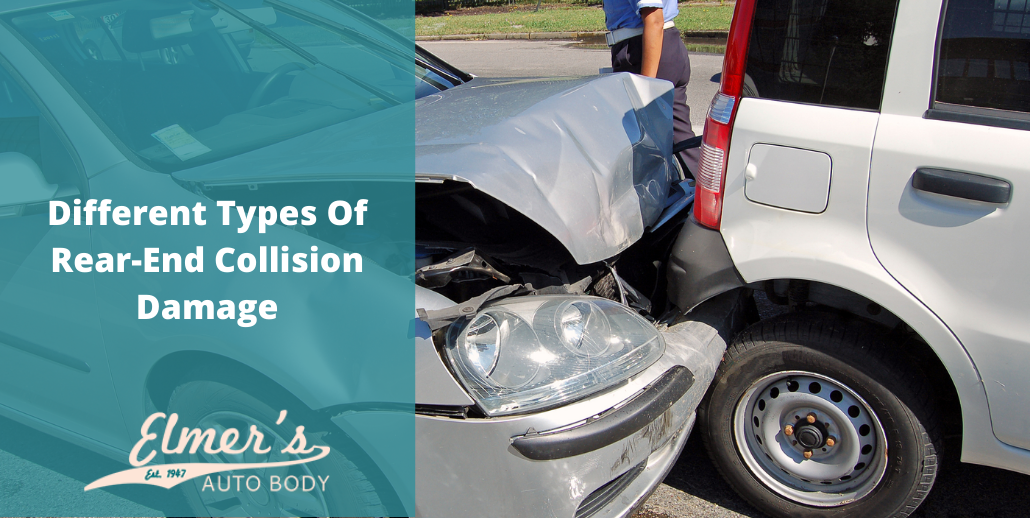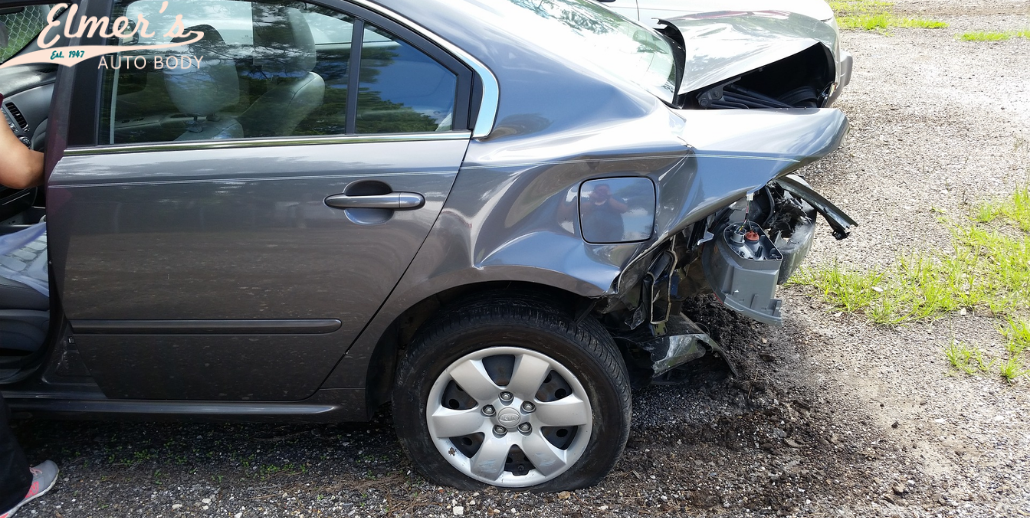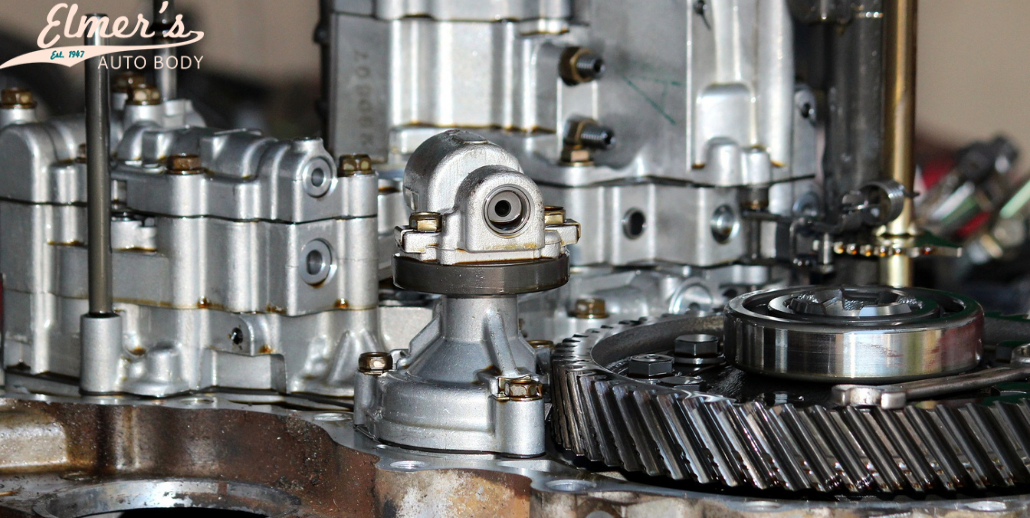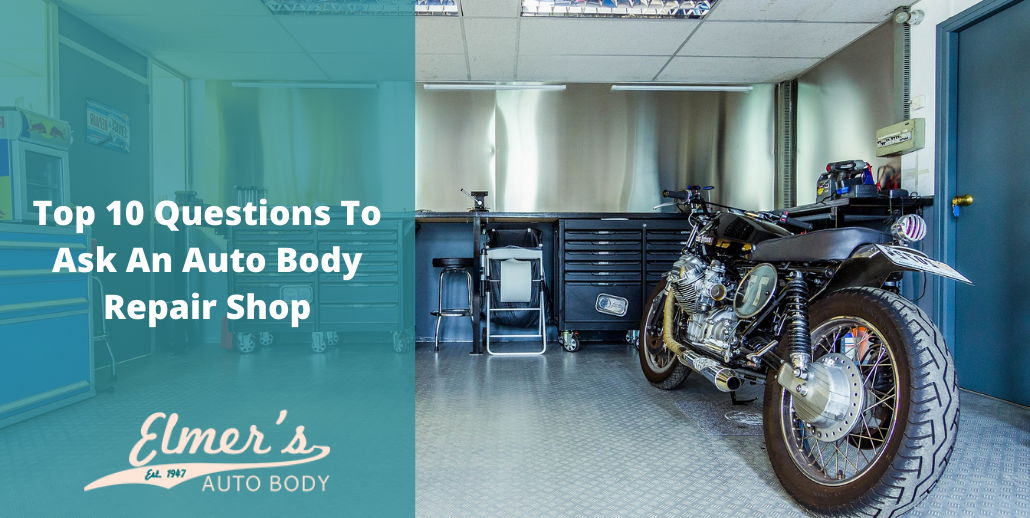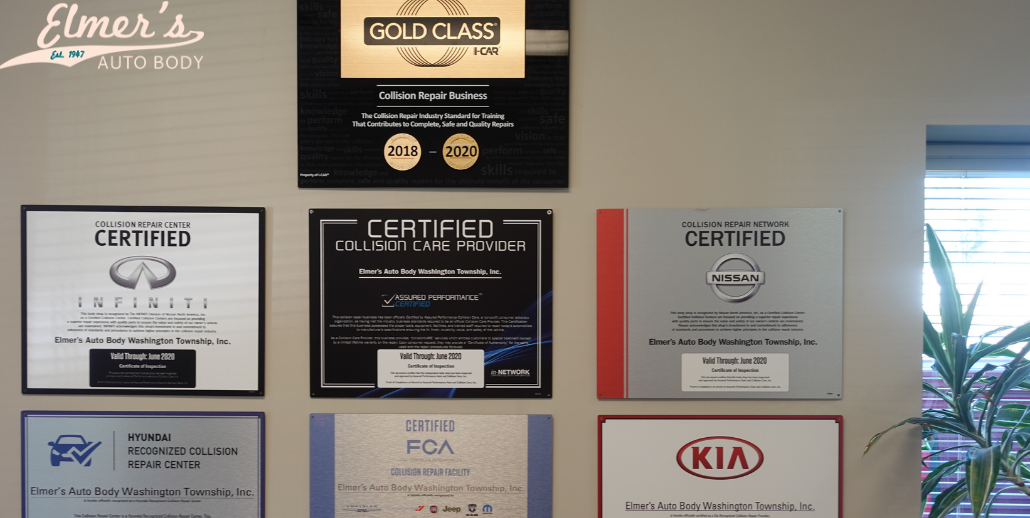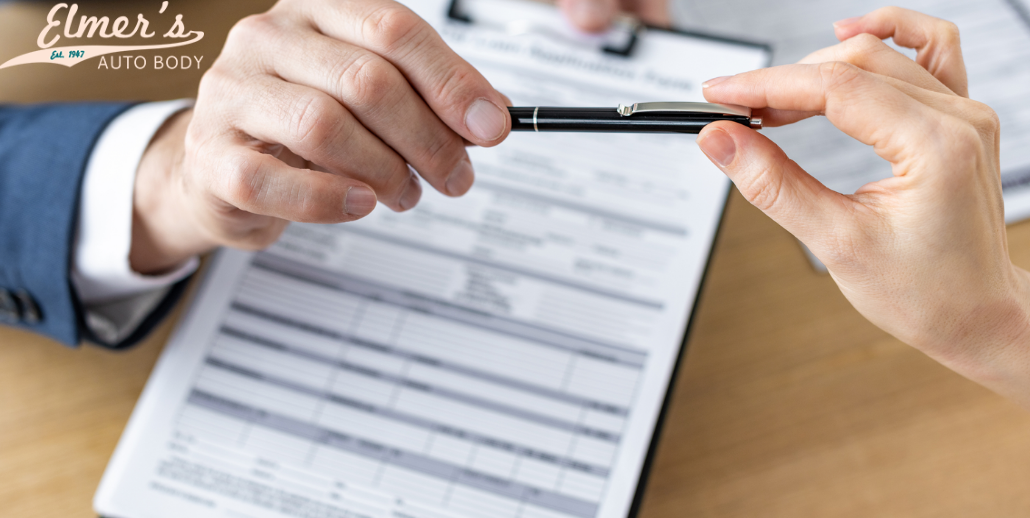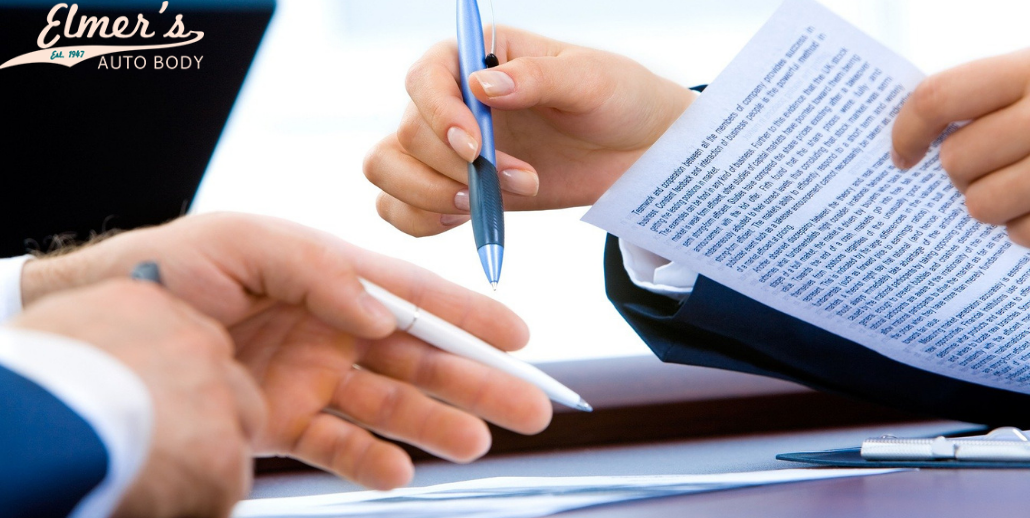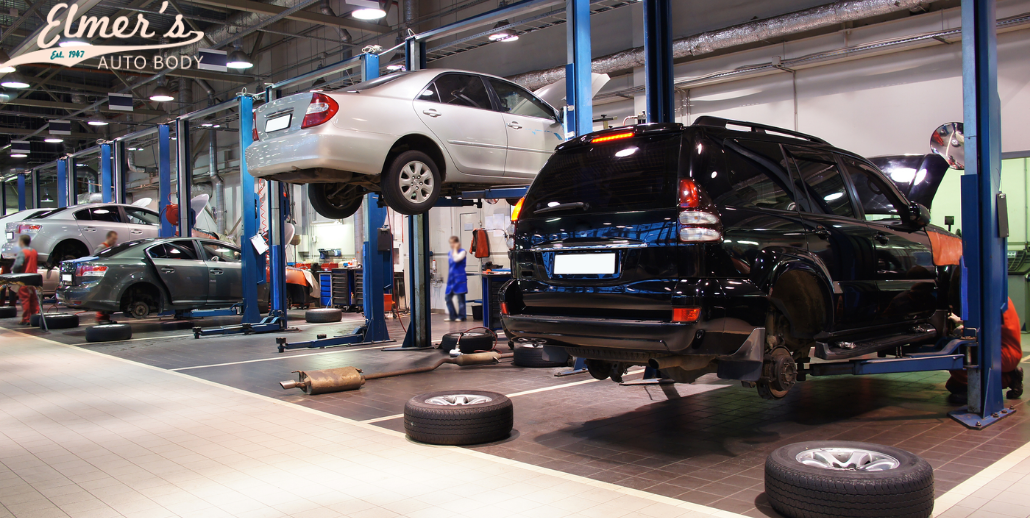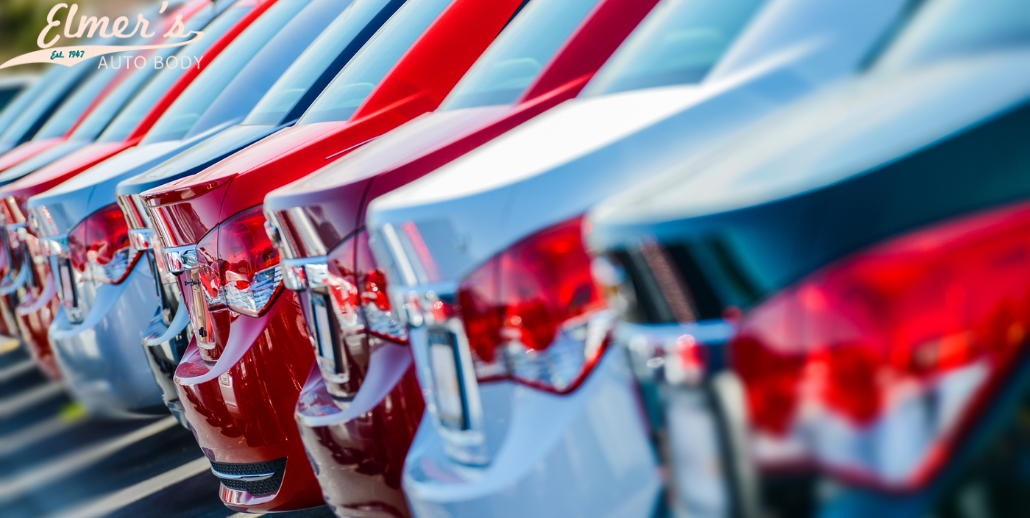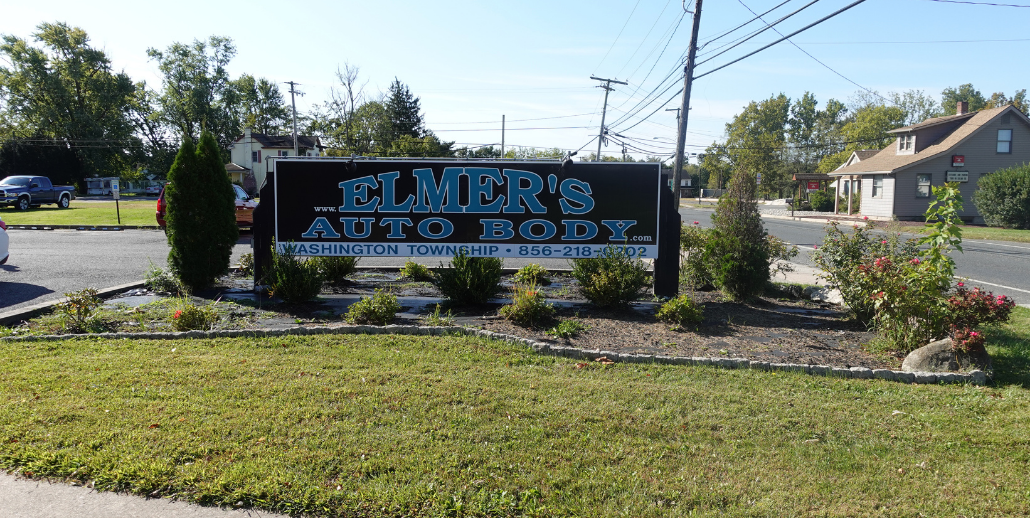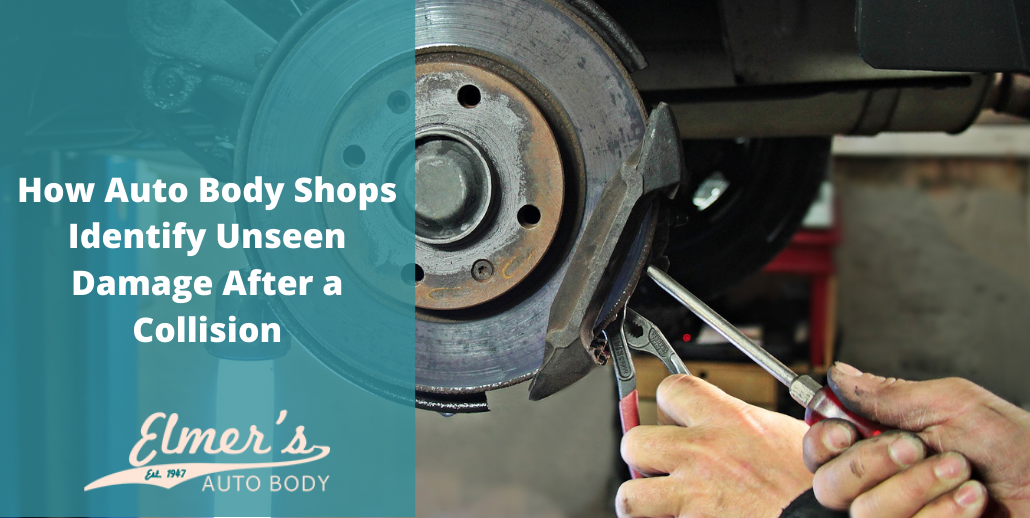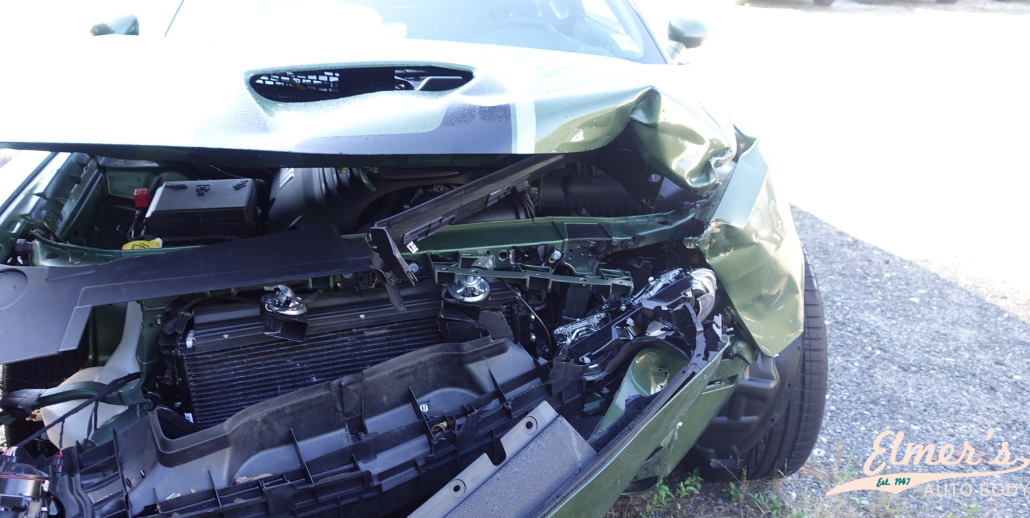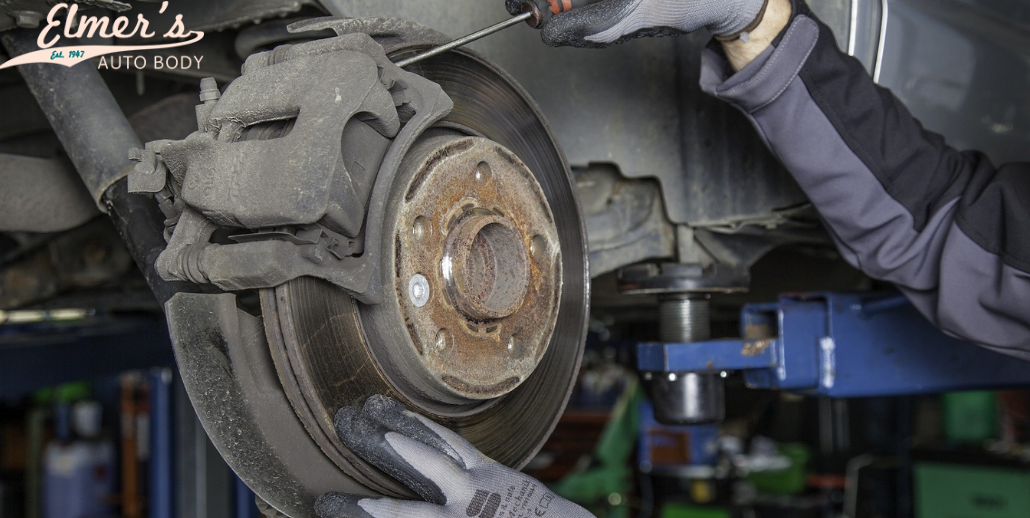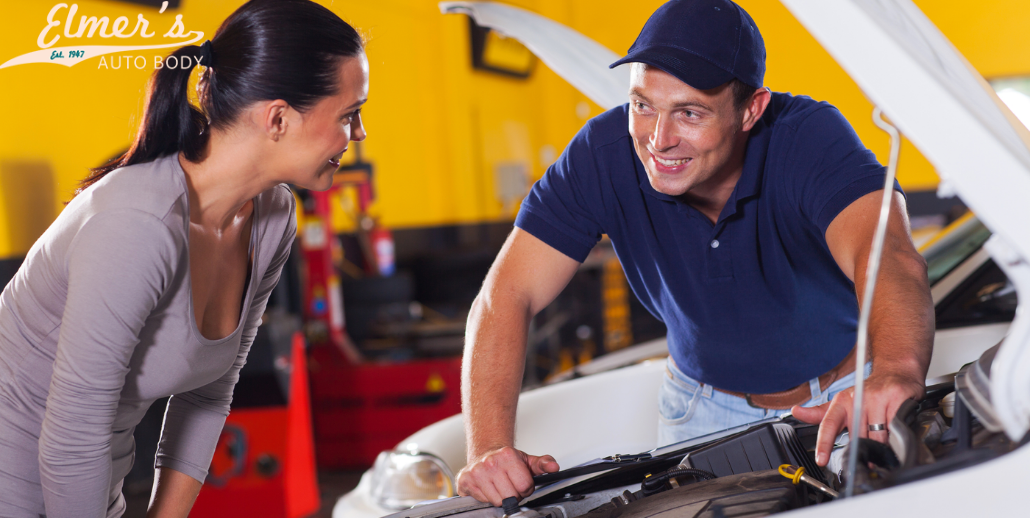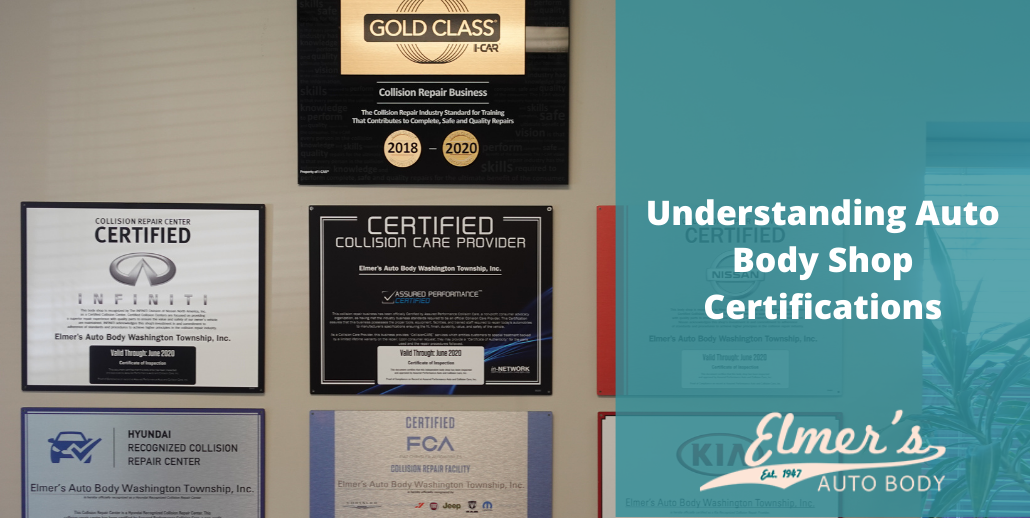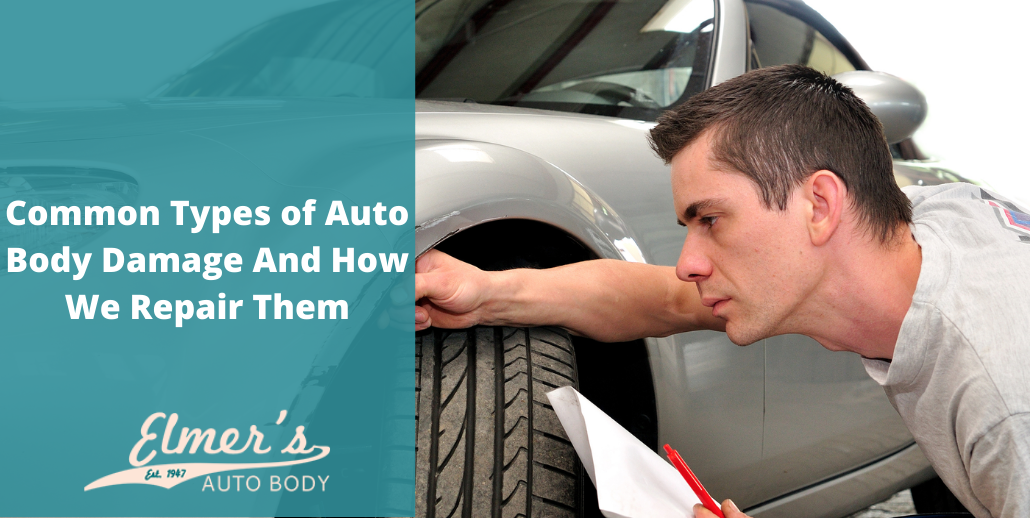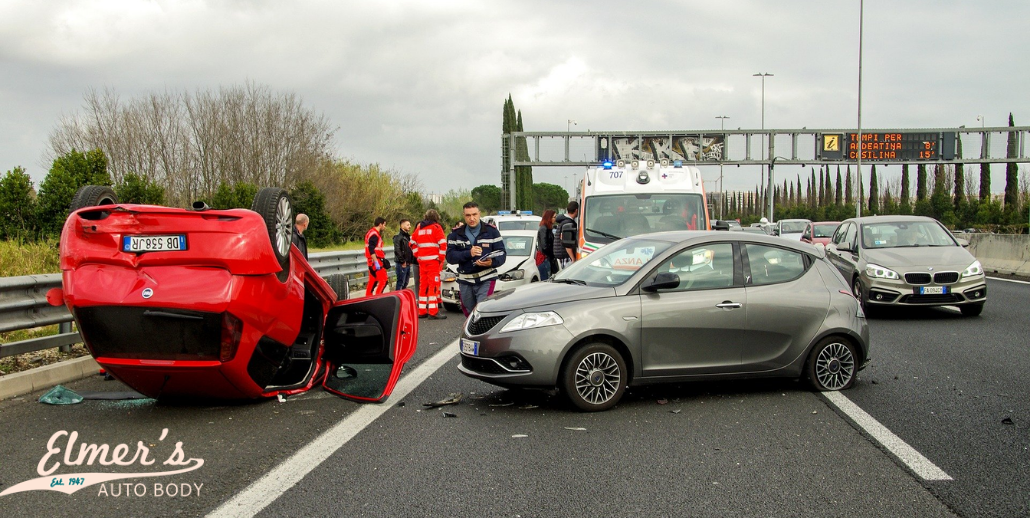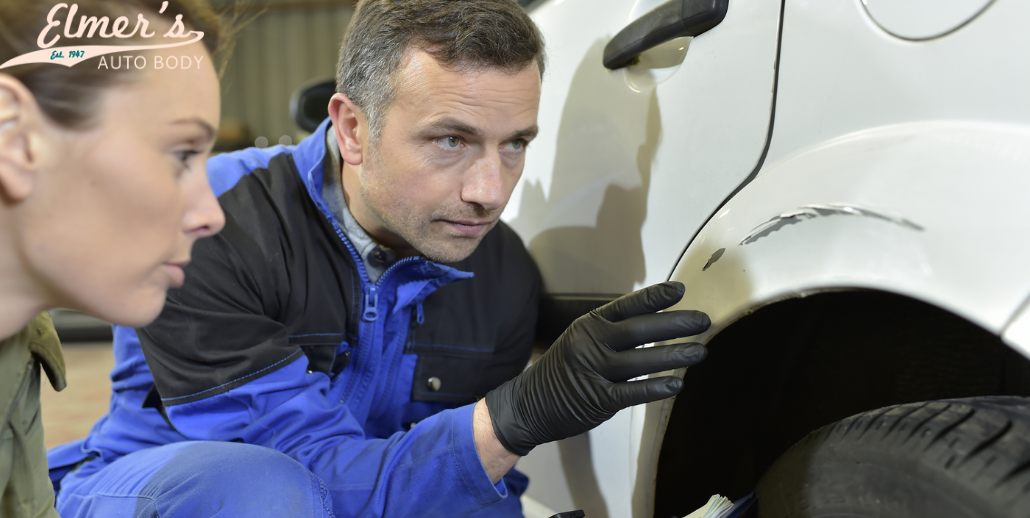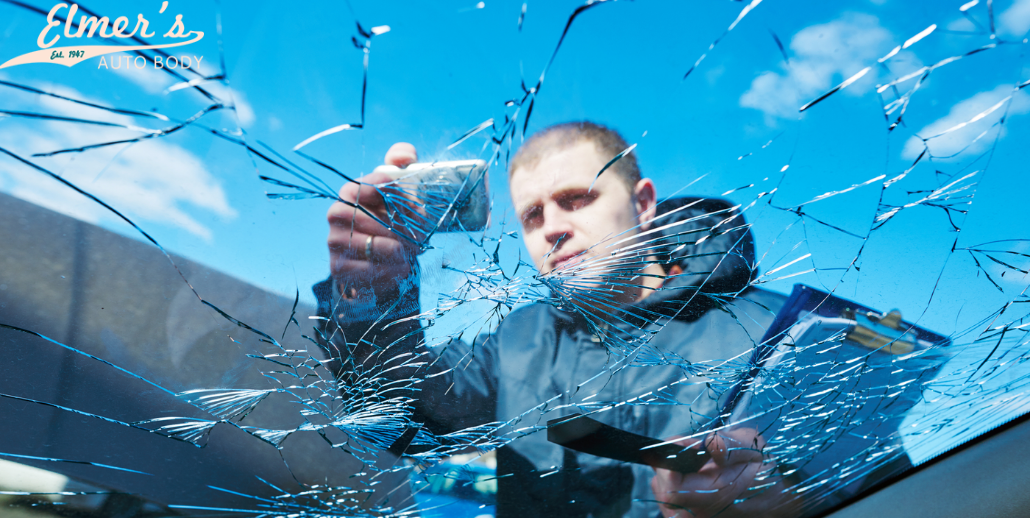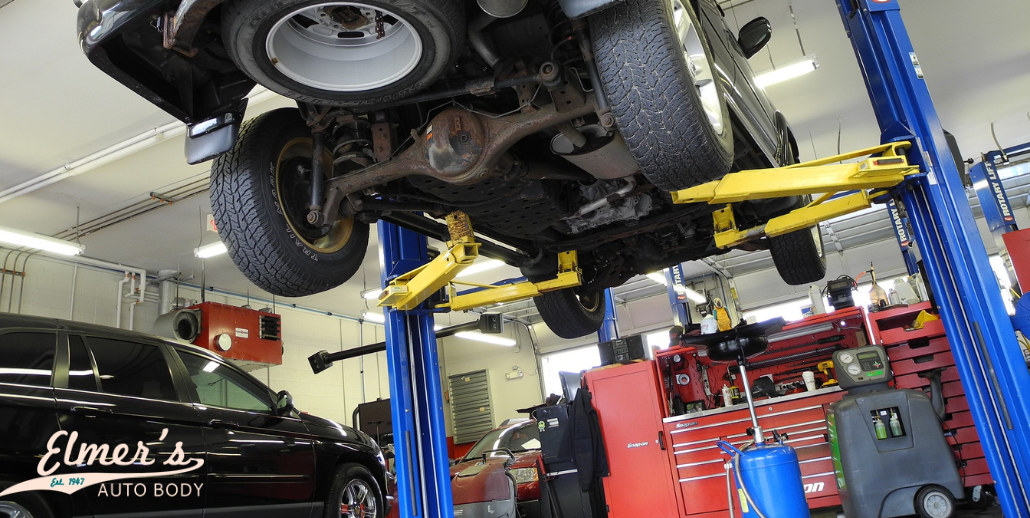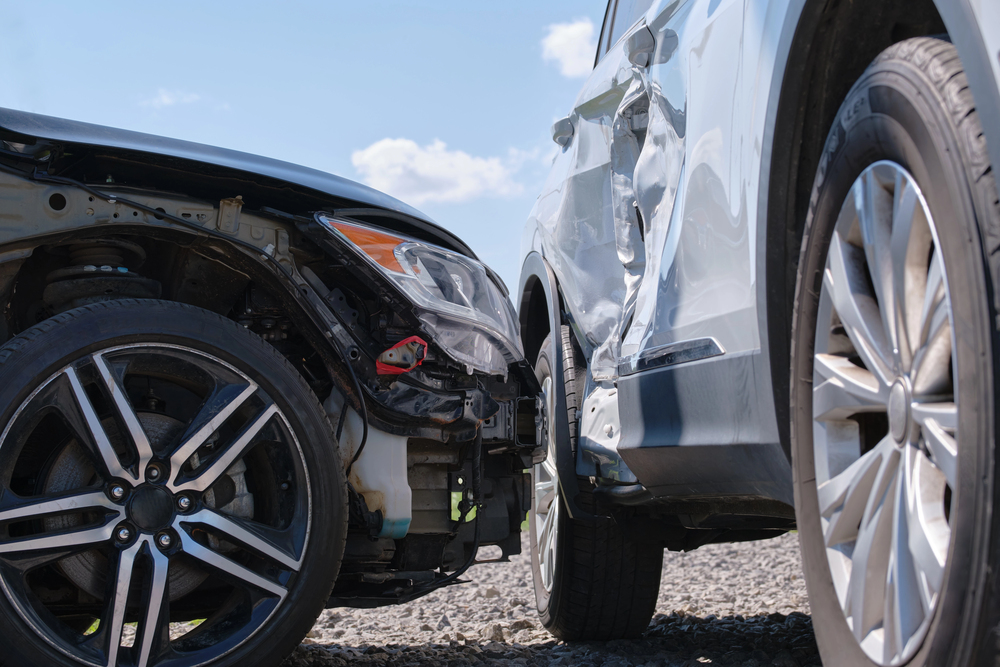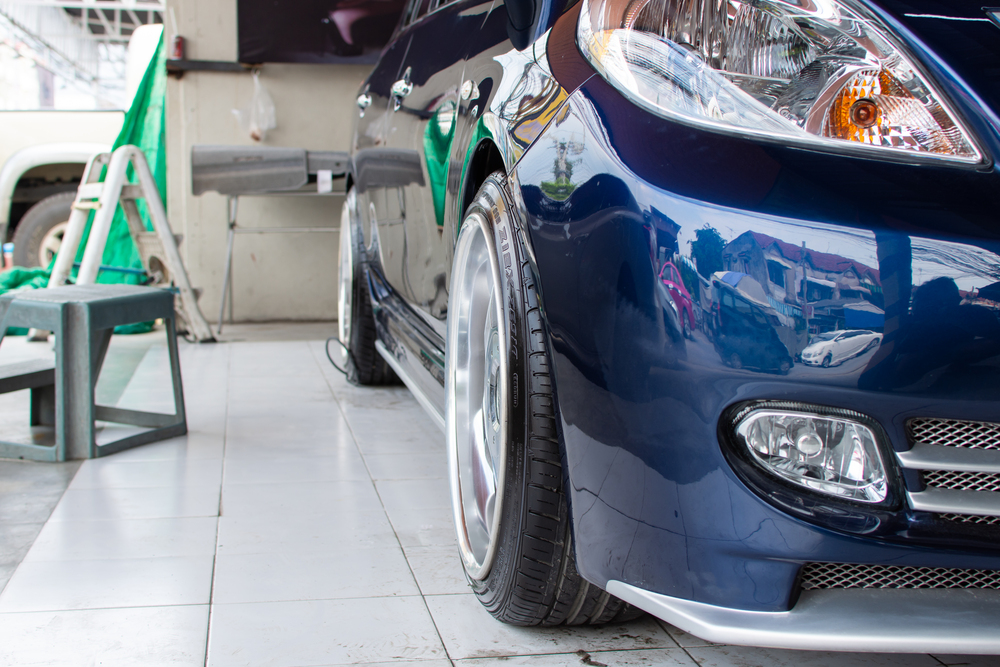Rear-end collisions are the most common accidents on the road. In most cases, these accidents are minor and cause little damage to the vehicle. However, damage from this type of accident can cause hidden problems for your car. After an accident, you should have your vehicle inspected by a professional. There are several ways that a rear-end collision can affect your vehicle. If you have been hit, here are a few things you need to keep in mind.
Look for Hidden Damage
If you are involved in a rear-end accident, there may be little to no damage. Unfortunately, many vehicles have plastic bumpers that can hide damage from an accident. This type of damage is not easily noticeable, but it can cause severe car problems.
Rear-end accidents can cause significant damage to the frame of the vehicle. If the frame is bent, you might not notice it until you take the car to a professional auto body shop. Any damage to the structure creates plenty of issues with the vehicle. In turn, it will be impossible to drive the car. Rear-end damage can also cause problems with the traction control and tires.
Accident damage causes problems with the doors and other vehicle parts. Your doors might not close properly. Other parts of the vehicle will not line up with the rest of the car. Even if the damage does not create immediate problems, you might have issues down the road. Rear-end damage generates stress on the suspension system. As a result, the shocks, struts, and suspension parts begin to wear down.
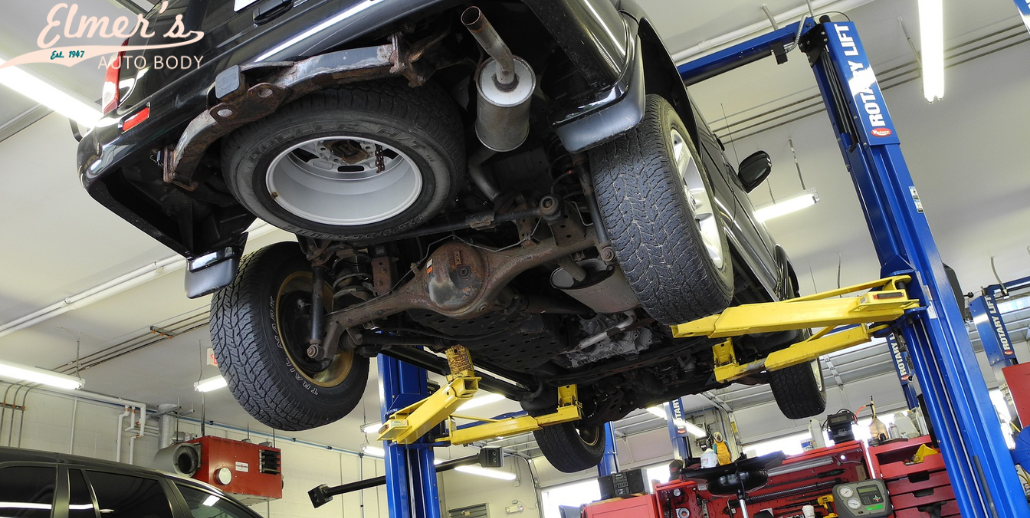
Any damage compromises the safety of the vehicle. Your car is designed to handle impacts and accidents. Those components offer some protection for the driver and passengers. If any of these parts are damaged, it may not hold up if you are involved in another accident.
Issues With Alignment
After an accident, you might experience some issues with the vehicle’s alignment. A rear-end collision can cause damage to the structure that maintains the vehicle’s alignment. In turn, this damage will affect how the vehicle drives on the road. Alignment issues can cause the vehicle to pull to one side. Your tires might feel like they are not grabbing the road. In icy or rainy conditions, this could be a recipe for disaster. If you notice these problems, you need to have your vehicle inspected.
When you avoid taking care of these issues, your car might experience more severe problems in the future. An improperly aligned vehicle can be harder to maneuver and cause an accident. In other words, you have an unsafe vehicle on the road.
Damage To The Trunk
After an accident, your trunk might seem to be in good working order. In some cases, there could be unseen damage. The trunk contains small mechanisms that help it stay closed. A minor accident can damage those mechanisms. As a result, the trunk can pop open as you drive down the road. Your latch might even be difficult to open if there is damage from a rear-end collision.
Once again, you might have issues with the trunk door’s alignment. This damage can make it hard to open or close the trunk. In addition to dealing with this frustrating problem, any gaps can allow water to seep into the trunk area. If this happens to your vehicle, it can damage your belongings. There is also a risk of rust to the inside of your trunk.
Electrical Issues
The electrical system of a vehicle can be damaged by a rear-end accident. Any impact can cause the wires to loosen. If there are no problems after the accident, your regular driving habits can separate the wires or cause failures to the rest of the system.
Your tail or brake lights can malfunction. If that happens, it is a dangerous situation on the road. Other drivers might not know if your vehicle is slowing down or stopping. These problems might make it impossible to see your vehicle in low visibility conditions, such as rain or night. Any loose wires can make it difficult for the rest of your electrical features to operate. It might even put stress on the battery.
Transmission Problems
A rear-end collision can damage your transmission system. These issues often go unnoticed until the system has failed. In turn, this issue can create more damage to the vehicle as you deal with hefty repair costs. If your car has a rear-wheel or all-wheel drive, some of the components are located in the transmission system near the car’s rear. A minor accident can damage or shift these components. If there are any fluid leaks, that can put stress on your transmission.
Rear-end damage is an issue for your exhaust system. The tailpipe is located at the back of the vehicle. When there is a rear-end collision, the impact can push the tailpipe and the exhaust system to the side. You might experience damage to the exhaust manifold, catalytic converter, and other parts of the exhaust system.
All these hidden issues are common after a rear-end collision. Your insurer adjuster or mechanic might not find all the vehicle’s rear-end damage. As a result, this can pose a severe risk down the road.
Find A Professional Auto Body Shop
It is essential to take your vehicle to a certified collision expert. Minor accidents may leave little visible damage, but there could be issues lurking under the surface. A certified professional can find these problems and prevent any future issues.
If any damage is missed by a mechanic or insurance adjuster, the insurance company will only pay for the noted damage. You might find damage in the future, but your insurance often will not cover those repairs. However, if you take your car to a certified auto body shop, you are assured that they will address the damage.
Looking For An Auto Body Shop Near Me?
Elmer’s Auto Body is ready to repair your vehicle. We specialize in fixing damage from rear-end collisions. If you want to set up a consultation, give our shop a call at (856) 218-0202.

